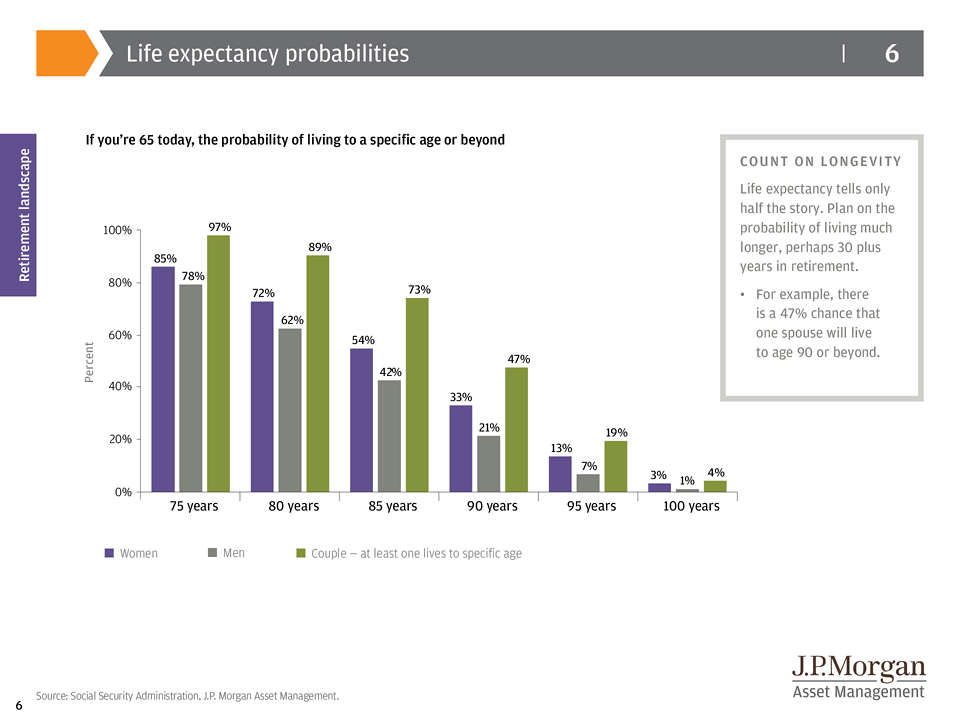+1The 4% "rule" isn't really a rule; it's a factual statement: "If the future is no worse than the past, then you can withdraw 4% per year for 30 years and probably not run out of money".
The problem occurs when people try to turn this fact into a rule by removing the part in italics.
and the part in italics weakens the rule.
not that I'm proposing this... but look at RMDs... withdraws designed to start at 70.5 and end I think at 115 years old. You always pull a % of what is left... so should not run out of money.
It's real easy to blow your budget.. I did (RE in March)... bought an outback. But then I don't have a really firm ... defined WR. I hand waved a 1.5% which will be difficult to keep within with this purchase and medical expenses. I likely should decide to follow some withdraw method. But typically I under spend.

